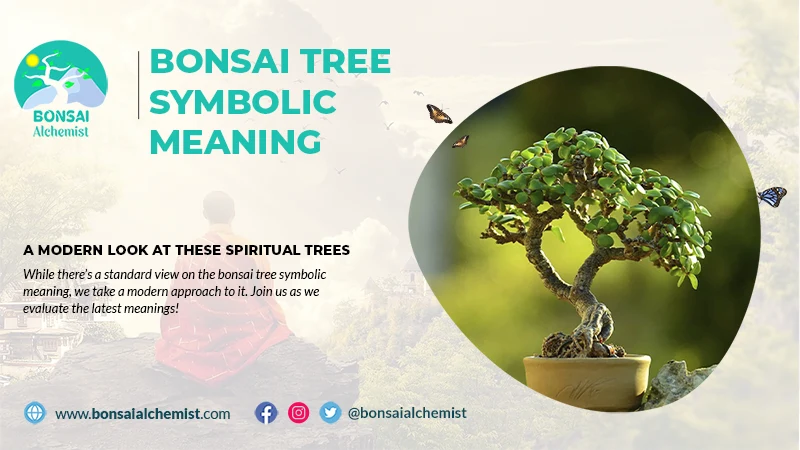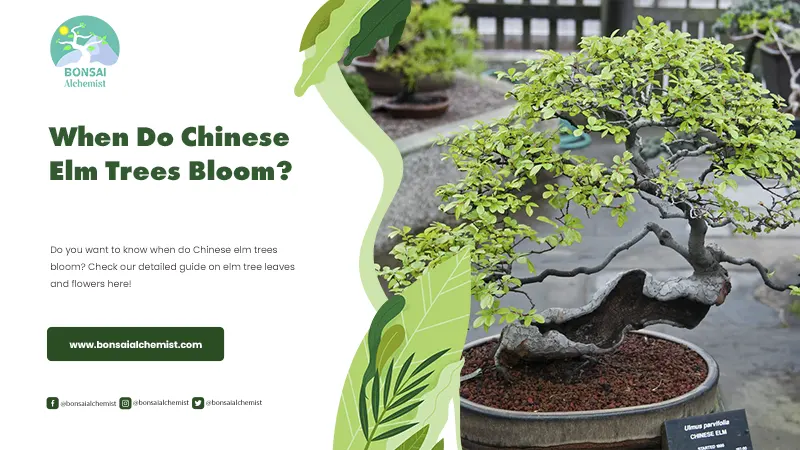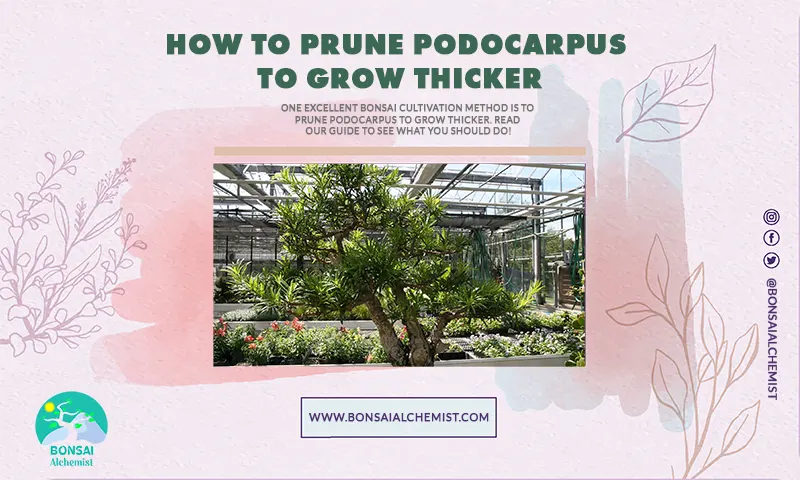How Long Do Bonsai Trees Take To Grow?
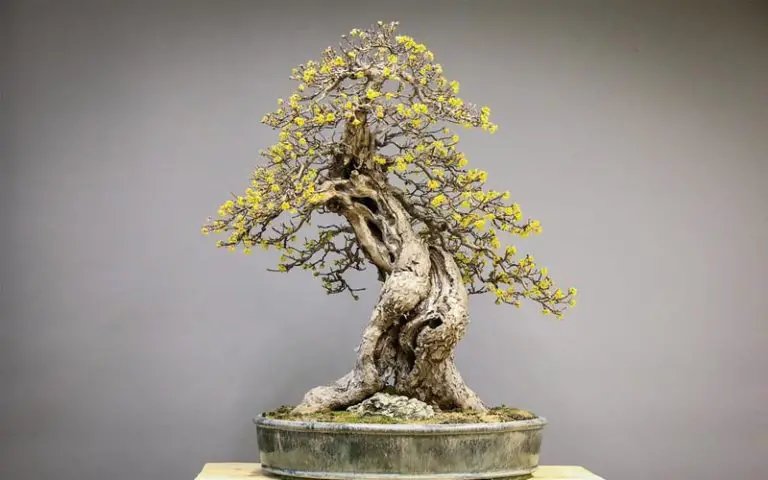
If you’re wanting to grow your own bonsai, you should be ready to wait a long time. It’ll take plenty of patience on your part, while it may not always go your way. If you have the diligence for the task and maintain the trees properly, they can last you several years, if not decades.
In this article, we’ll look at how long do bonsai trees take to grow, which factors influence them, and offer some tips on how you can make it happen faster.
Factors That Influence How Long Bonsai Trees Take to Grow
Before we can answer this complicated question with a simple answer, it’s better if we analyze which factors affect the growth of the bonsai tree. They don’t all take the same amount of years, and there are some aspects that make an impact. We’ll take a look at these before we break into song about how long they last in general.
Starting Point
Firstly, it depends on the stage the tree is at when you receive or grow it. If you’re propagating from seed, it can take up to five years before you can start pruning or working on the shape. Developing a cutting can shorten the time it takes, but it also depends on how thick the trunk is and whether the original tree flowers.
Of course, you can buy a bonsai that’s already fully grown. We usually aim for ones that are between five and ten years old, as they give us more scope for shaping, wiring, and pruning. There’s also more chance that we’ll see blossoms and fruit in the foliage.
When you start with seeds and cuttings, or the tree is still young, you’ll see massive development in the first few years. Branches, roots, and leaves grow vigorously as the bonsai strives to absorb as many nutrients as possible. As it matures, you’ll notice how the growth rate slows down.
Species
Another factor that has a major impact on how long bonsai trees take to grow is the species. For instance, Japanese Maples are known for spreading quickly, while you’ll have to wait a bit more for a Chinese Elm. It’s best that you do thorough research to see if the one you have is developing as quickly or slowly as it should.
Nutrition
A bonsai tree relies on you for food. Since it lives in a container, it doesn’t have access to natural minerals and trace elements as it would in the garden. Therefore, you’ll need to feed it during the growing seasons, namely, spring and summer.
If you feed it enough, you’ll see fast growth in the first couple of years. Don’t be scared to continue with fertilizer in autumn, as some trees store the carbohydrates for the winter when it goes into sleep mode. You’ll need to ensure you provide it with the correct minerals, so do your homework.
The Elements
There are plenty of other elements that the bonsai tree also needs. For instance, sunlight is essential for it to survive, whether you place it indoors or outdoors. Many beginners get this wrong, putting it in full sunlight when it may prefer morning light and afternoon shade.
Watering your bonsai is massively significant. Without enough of this precious liquid, it’ll die. You’ll need to monitor the moisture levels on the soil to check that it receives enough over the warm and cold seasons. It’s also vital that there’s enough humidity in the air, but you can mist the leaves or add a humidity tray to help.
Space to Grow
Having a bonsai collection in your home can be beautiful, but it’s best if you don’t cramp the trees in small locations. The foliage needs enough space to grow and collect sunlight, while it can also affect moisture absorption from the air. You can also extend the life of your tree by ensuring there are no risks around it, such as pests, pets, or diseases.
Effective Maintenance
When you prune old or dying leaves, you give the bonsai tree more chance to develop new growth. Instead of sending all the nutrients and energy to the old branches, it’ll focus on making new shoots. If you’re simply leaving it to grow as it wishes, it may take longer to expand.
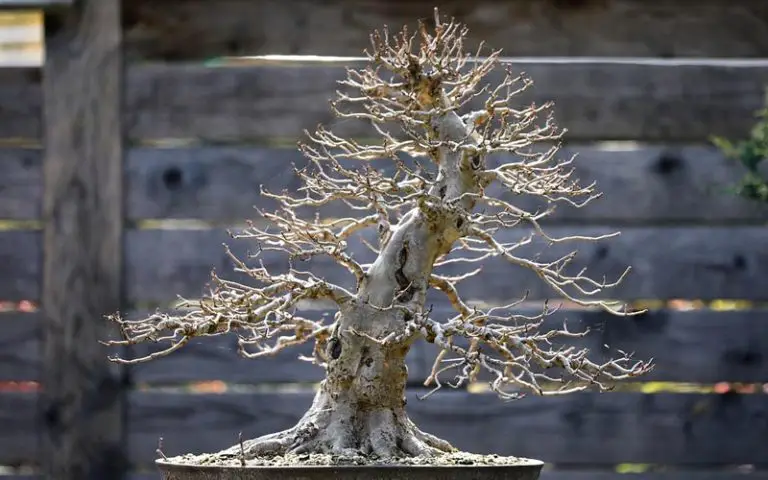
The Lifespan of Bonsai Trees
If you’re wondering how long your bonsai tree will live, you can take a look at how the species usually does in the wild. For example, a Ficus can survive for more than 100 years, which means your bonsai can too. Of course, it depends on how well you look after it and provide it with what it needs.
Some people believe that bonsais can live longer than their natural counterparts growing in the ground. The reason for this belief is that the miniature tree is well looked after and pampered, giving it a better chance at survival. If kept indoors, it doesn’t need to worry about vermin, lightning, or gale winds.
Slow-growing species can take about 20 to 30 years to grow before you can work on a proper design. Fast growers usually take between 5 to 15 years, but we tend to aim for anything above 10 years when we go shopping. You’ll receive better value, and the tree has a better chance of survival.
If you receive a young bonsai and it only lasts a few months, don’t be alarmed. Some species don’t like changing locations, especially if someone propagated and grew it somewhere else before you received it. It gets such a fright at the changing conditions that it goes through a form of stress that ultimately kills it.
Species that Grow The Fastest
As we’ve mentioned, there are plenty of bonsai trees that grow faster than others. They thrive in the right conditions, and you should check what the species enjoys in nature that you can reproduce in your home or yard.
The list of fast-growing bonsai trees is extensive, but we’ve selected a few for our top recommendations.
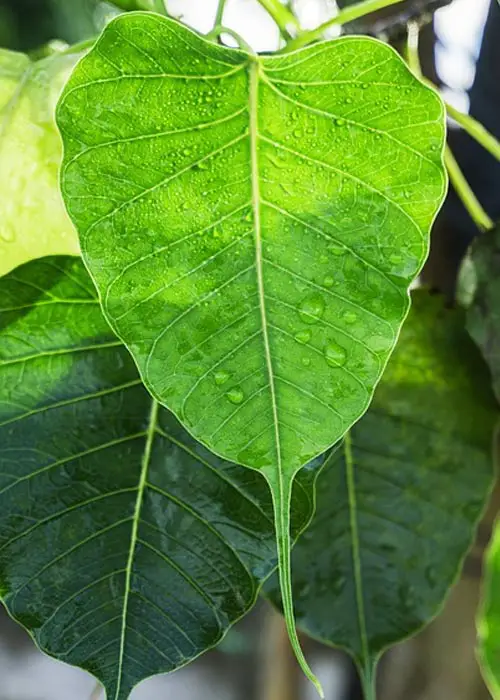
Ficus Religiosa
There are two reasons we picked this species from the Ficus genus. For one, it’s the fastest-growing bonsai with a rapid pace throughout its lifespan. Secondly, it’s incredibly durable, so you can expect it to last for a very long time. You can house it indoors or outdoors, and it’s ideal for beginners.

Japanese Maple
Any Maple develops quickly, but we love the Japanese species for how beautiful the leaves are and how many varieties you can buy. Since it’s a bit shy of the sun, it’s perfect for keeping indoors. You’ll want to keep it away from frost in the winter to extend its lifespan.
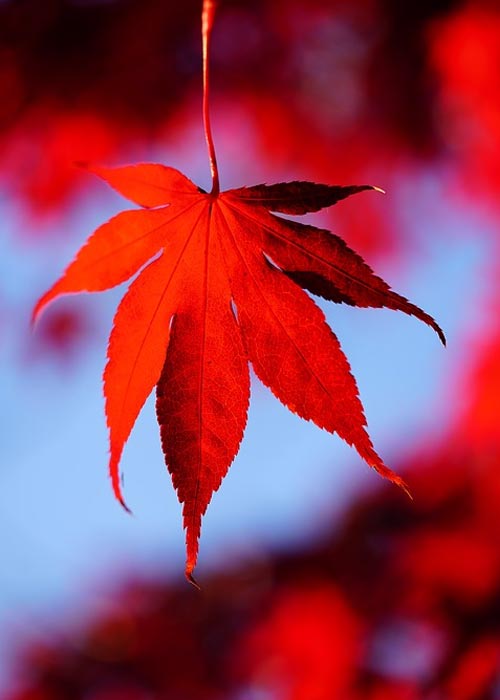
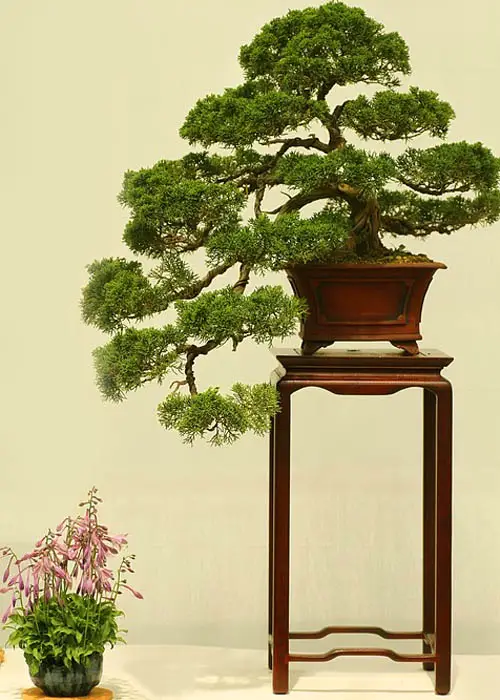
Chinese Junipers
The needles on these juniper trees expand rapidly, but there’s a trick to get them to grow faster. The leaves tend to develop in clumps before a new shoot appears. If you practice regularly pruning in the right seasons, you can get them to throw new shoots out sooner and watch it fill out faster.

Japanese Black Pine
If looked after properly, this bonsai can grow by five feet within the first ten years. The first few years are essential as it develops needles and candles at a vigorous rate, which you’ll need to control to get the design you want. It’s best that you place it in a growing medium that’ll aid it as it forms, such as Japanese pumice.
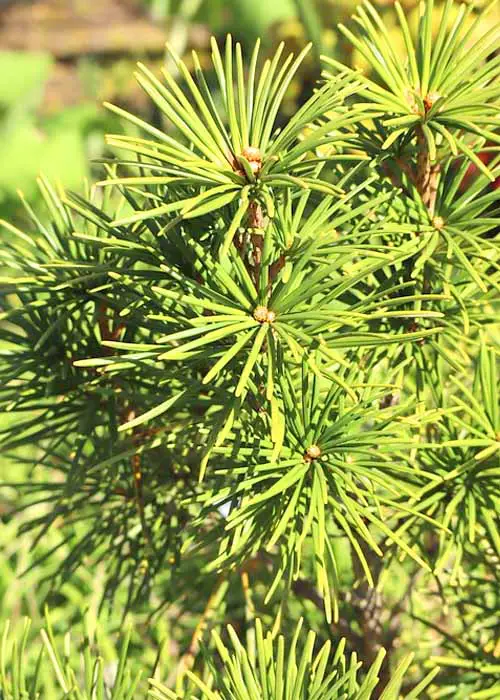
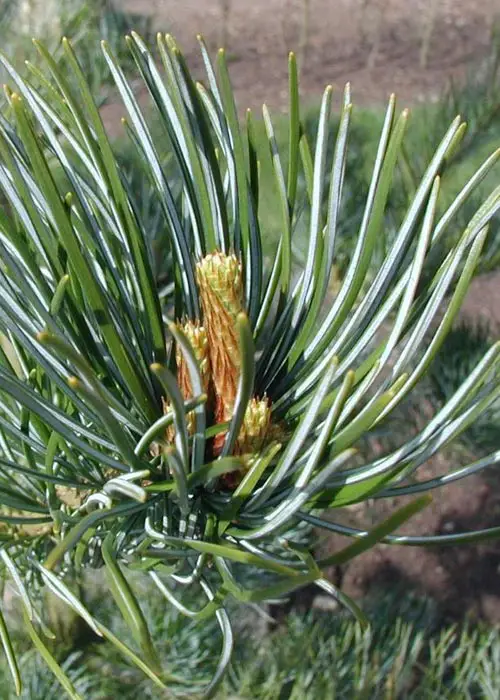
Japanese White Pine
The White Pine variety also loves to grow as quickly as possible. In nature, it spreads out fast so that it can reach above other trees to grab as much sunlight as it can. This aspect means that the crown and upper structure will be stronger than the lower leaves and branches.

Jade
The Jade bonsai, also known as Crassula ovata, grows at a rate of 1 inch per year. It’s a succulent that works well as a bonsai, as you can keep it small while developing the individual structures. It’s also very forgiving, and cuttings propagate well.
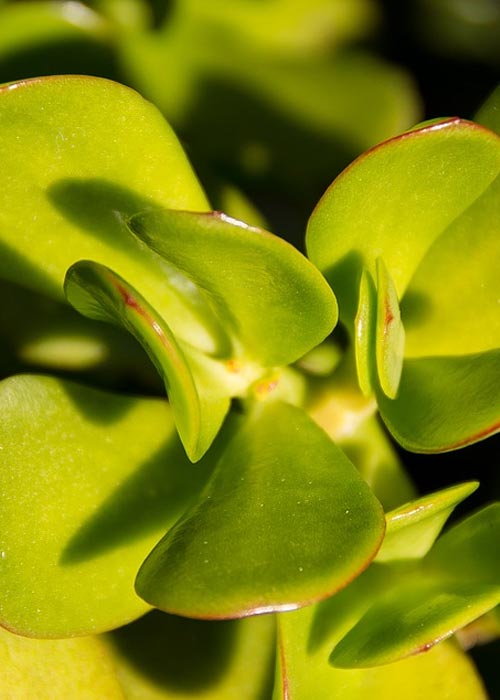
Tips for Growing Your Bonsai Faster
If you’ve paid attention to our article, you’ll have picked up some tricks for growing your bonsai faster hidden in the text. If you missed it, don’t worry. We’ll summarize the most important tips here below.
Aim for Young Trees
Saplings or young bonsai trees will grow faster than trying to propagate from seed. Also, older ones slow down development as they settle in, so you won’t see much growth. You should select a specimen that already has a healthy set of small leaves and branches.
Select Fast-Growing Species
We’ve already shown you a few of the fast-growing bonsais, but there are plenty of others out there. You’ll need to decide whether you want to keep them indoors or outdoors, as that will determine which species you’ll aim for. Trees that grow faster will need more care than slower-growing ones.
Keep the Roots Thin
A tree’s roots develop just as quickly as the upper structure. If they run out of space in the pot or start choking, it will negatively affect the growth of new leaves and branches. Depending on the species, you should prune the roots and change the soil every two to three years.
Perform Trunk Thickening
After a bonsai forms the roots, it focuses on the trunk before expanding to branches and leaves. The stem serves as the support, holding everything in place above ground. If you thicken the truck rapidly using various techniques, you can expect the rest of the foliage to follow suit.
Provide Balanced Nutrition
Fertilizers generally consist of three essential elements, namely, nitrogen, phosphorous, and potassium. For this reason, you’ll usually see an N:P:K ratio on the product, letting you know what the mixture is. We recommend you perform homework in our Information section on what your species prefers.
Try a Larger Container
Instead of pruning the roots regularly, you can try placing the bonsai tree in a larger container. Some people also plant it in the garden, giving it time to expand quickly before putting it back into a pot. This practice gives the trunk and branches a chance to thicken while making the foliage denser.
Watch the Health
Finally, keep a weathered eye on the tree’s health. You’ll see signs of where it’s suffering, which slows down development. Some examples include brown or falling leaves, pests, markings, power or mildew, and deformed roots.
Final Thoughts
It’s no secret that waiting for your bonsai to grow into a mature tree can feel like it’s taking forever. While there are some tricks you can use to speed it up, the joy is in the journey you take while watching it develop.
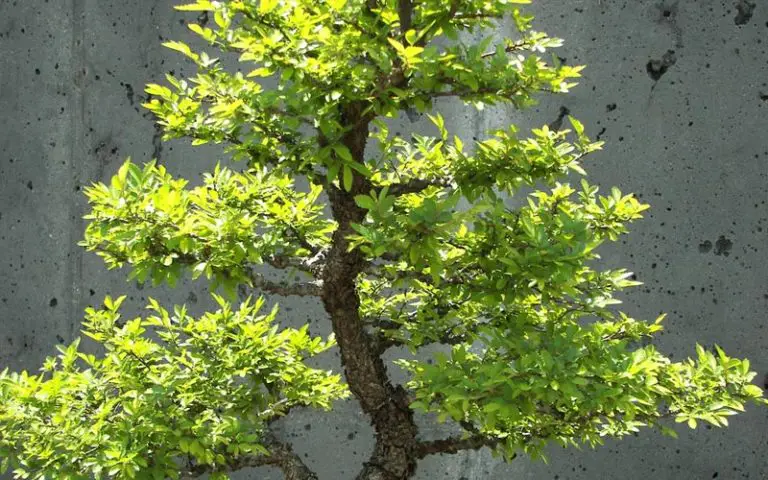
FAQs
We don’t want to leave you with any questions unanswered, so we’ve collected some we found on the internet. These are the most popular queries, but we understand if you may have more. Please feel free to contact us if there’s something else you’d like to know.
When you propagate a bonsai from seed, you’ll have to wait about four years before you can do any decent work on it. It can take up to 15 years for it to fully mature, as long as you maintain it correctly. Also, it depends on factors such as species, nutrients, and placement.
There are several things you can do to make it develop faster. Try to provide it with more food, light, water, and humidity. You can also plant it in the garden or a larger pot to thicken the trunk and branches quicker than in a small pot.
When compared to the same species in nature, your bonsai should actually live longer. It has better, personal care, while you can also take care of any pests and diseases. Some trees can live for more than a hundred years if they receive proper maintenance.
It depends on the season, sunlight, water, and nutrition. If you have a new bonsai in your home, you should see new leaves within two to four weeks in spring and summer, and probably longer in winter. If it takes longer, you’ll need to check our species guides to see which elements could be causing problems.


